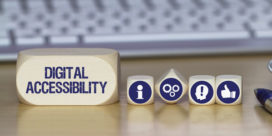Ambassador Launches Revolutionary Course Materials Platform, Easing the Entire Process for Students, Schools and Publishers
Ambassador Education Solutions today launched its next generation Course Materials Platform, RODA, transforming digital content and all course materials for students, schools ... Read more





